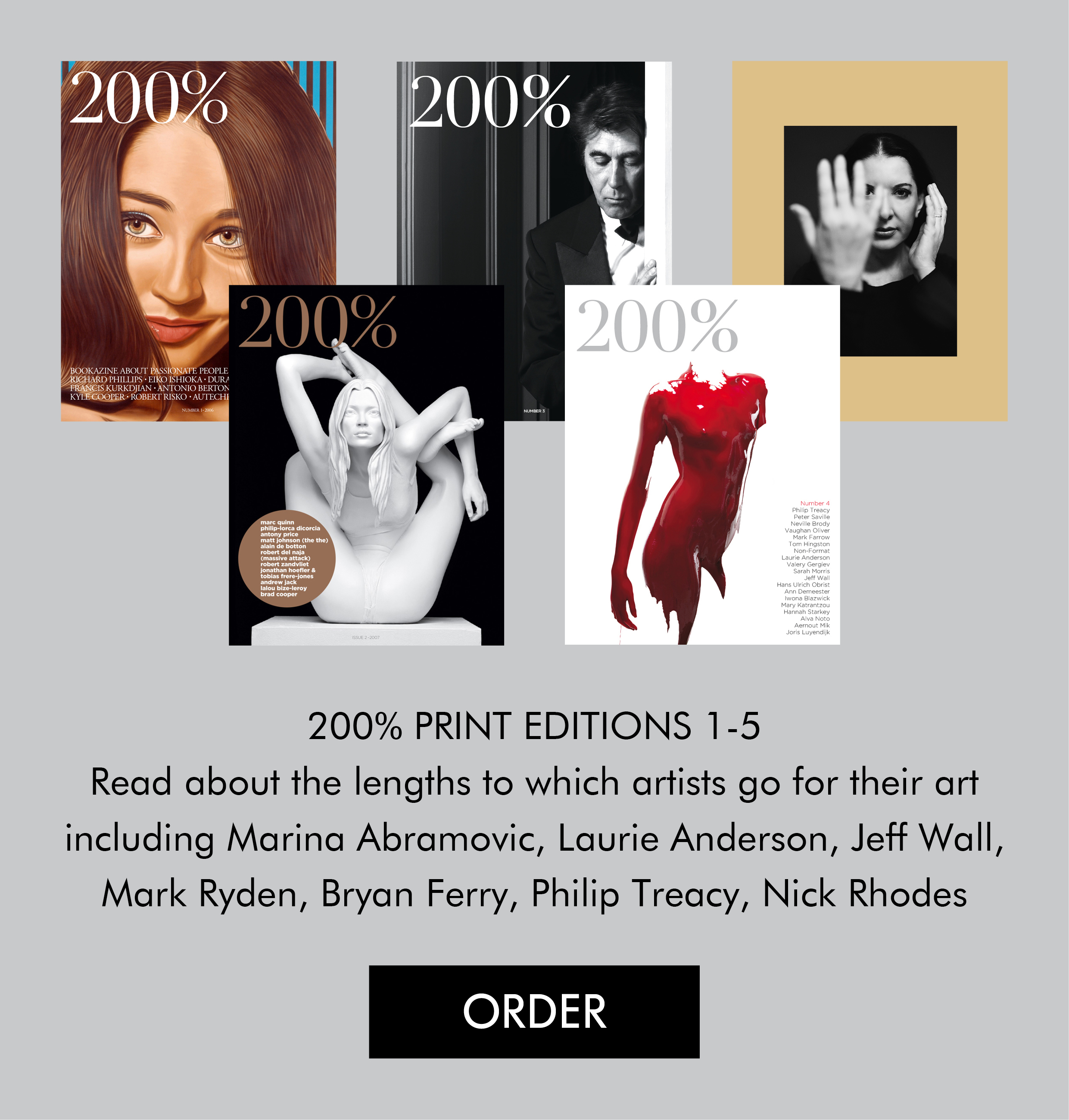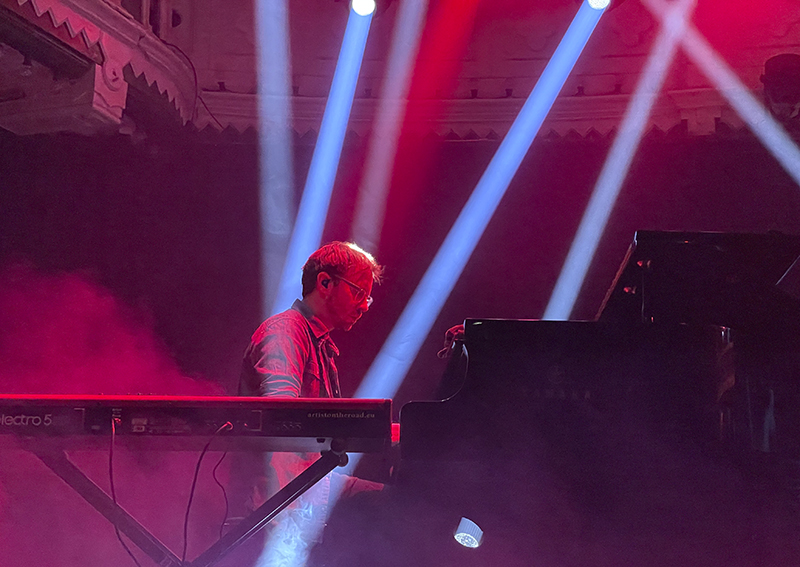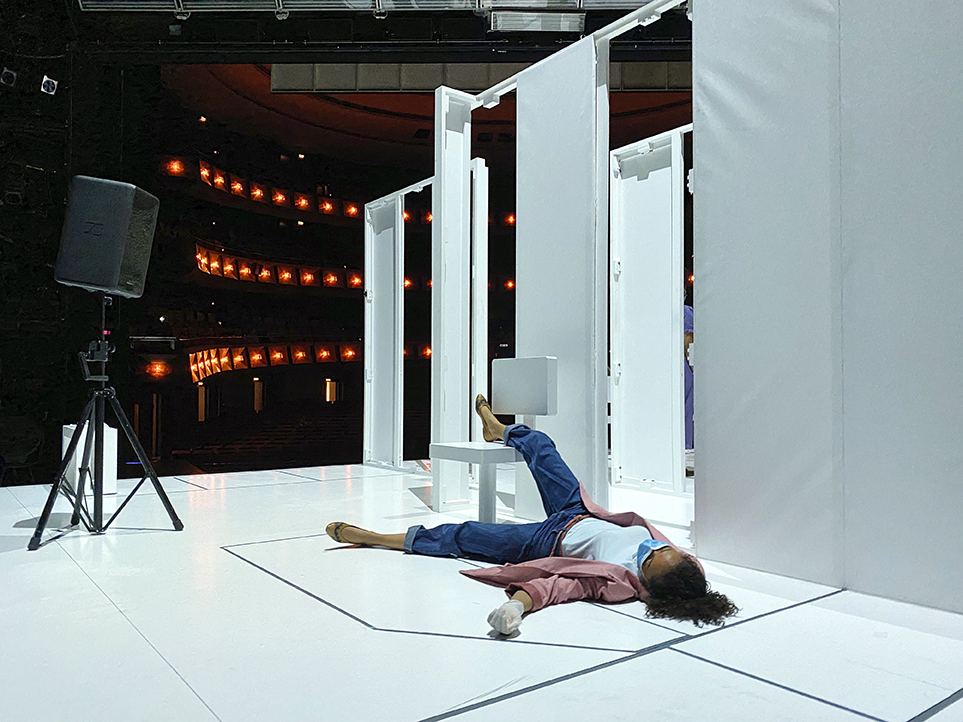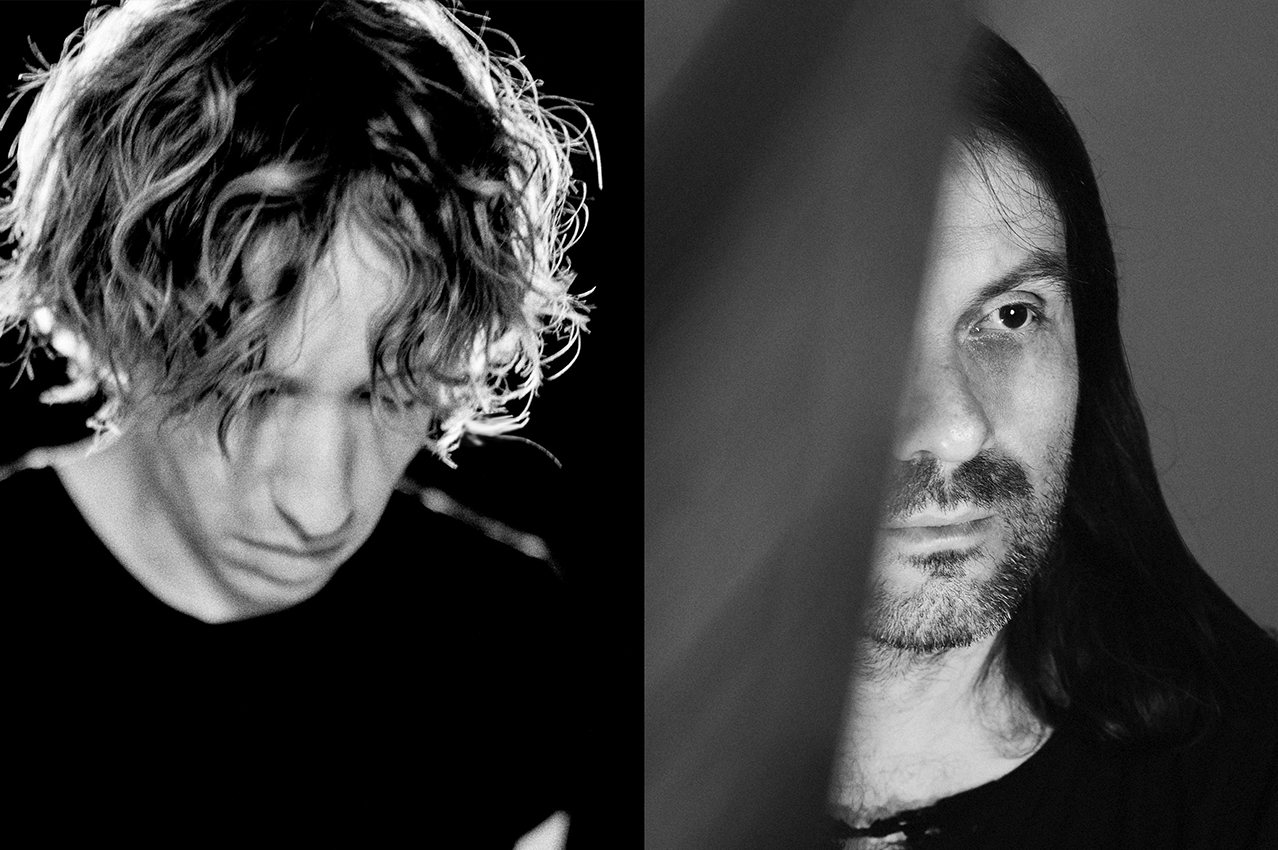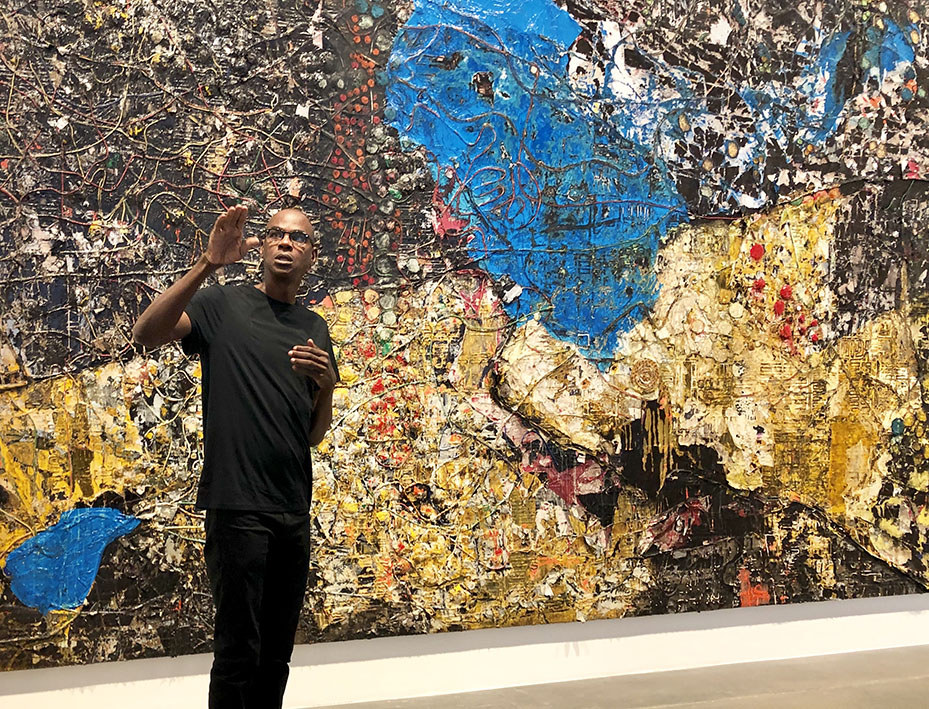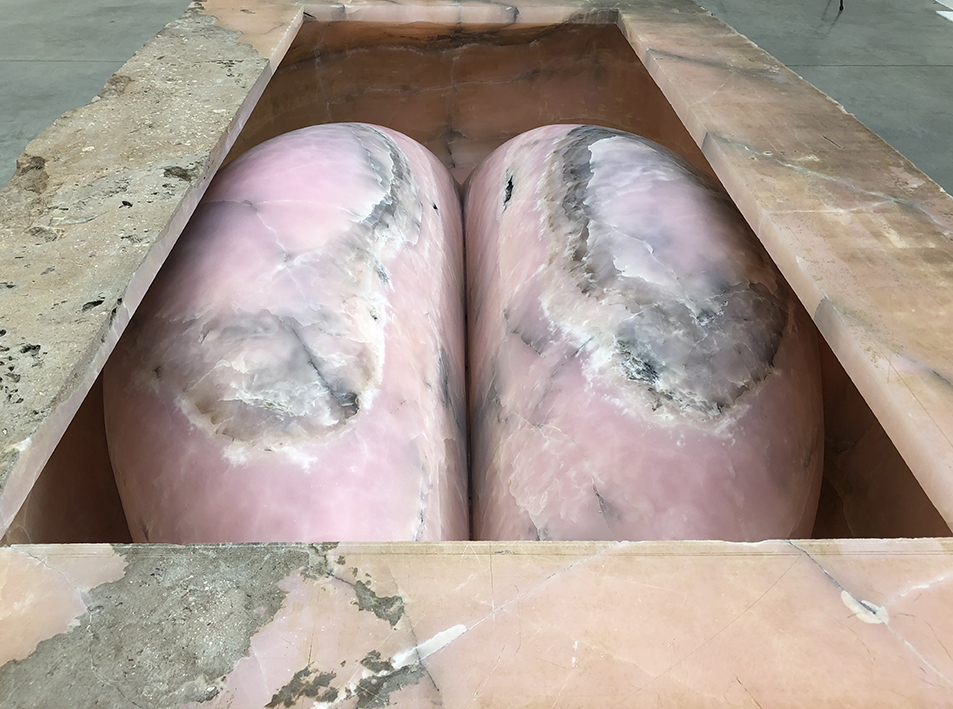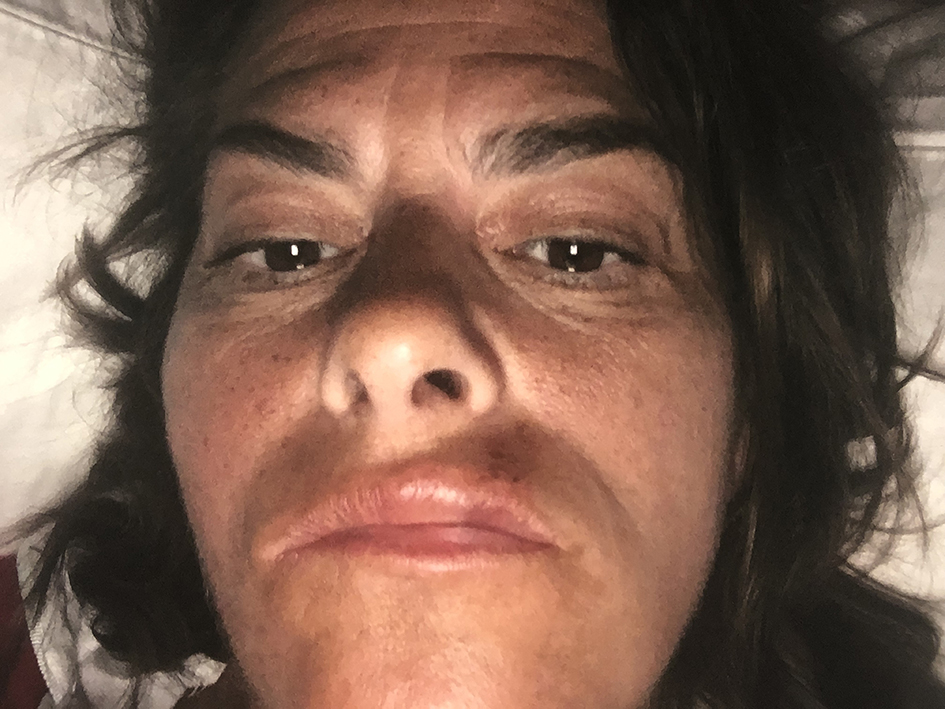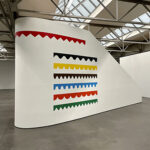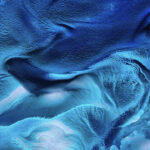
Art Mel Bochner Interview
Viewing Mel Bochner’s latest word paintings at Simon Lee gallery makes you feel like you are the ball in a pinball machine. On his left and right side the viewer is confronted by provocative texts in bold colours. Thierry Somers emailed the American artist some questions on his new show, Exasperations, and received some answers in his inbox which are as idiosyncratic as his work.
As a viewer you are thrown all over the place by paintings hanging on the left and right side on the gallery walls featuring satirical, in your face and caustic expressions set in block letters. Phrases like, KICK AGAINST THE PRICKS, ARE YOU OUT OF YOUR FUCKING MIND?, DO I HAVE TO DRAW YOU A PICTURE? are set in bold colours or even toxic colour combinations of green letters on a fuchsia background. It is as uncomfortable as receiving a text message typed in capitals.
 The works presented at the gallery are a continuation of a body of work which Bochner presented at the Carnegie International in Pittsburgh in 2018. A series of site specific works were installed in unexpected locations throughout the museum that accosted and surprised visitors. The white texts were spelled out in Bochner’s signature typeface on a black background. For the show in London, the artist revisits the same words and phrases but as they are painted on velvet some of the letters become smudged and illegible.
The works presented at the gallery are a continuation of a body of work which Bochner presented at the Carnegie International in Pittsburgh in 2018. A series of site specific works were installed in unexpected locations throughout the museum that accosted and surprised visitors. The white texts were spelled out in Bochner’s signature typeface on a black background. For the show in London, the artist revisits the same words and phrases but as they are painted on velvet some of the letters become smudged and illegible.
When Bochner started to introduce text into his work he realized straight away that it was very important that it remained visual and painted the words of his thesaurus paintings in rainbow-coloured palettes. Renowned are his series of ‘Blah Blah Blah’ paintings – which could be seen as a comment on the verbose language used in the art world – and ‘The Joy of Yiddish’, highlighting odd and distinctive words of the historical language of the Ashkenazi Jews such as Kvetcher, Shlemiel or Tumler.
Curious to know more about his work I emailed Bochner some questions to learn more about his works and practice.
200%: What made you interested to explore the works you presented at the Carnegie International exhibition further?
MB: These works grapple with the politics of language, the camouflage of hidden motives and unspoken agendas. In the half-light of “alternative facts”, they question the never ending contingency of truth and falsehood.
 200%: How did you come up with the title of the show, Exasperations?
200%: How did you come up with the title of the show, Exasperations?
Exasperate, irritate, frustrate, infuriate, irk, vex, piss off… from the Latin exasperatus – “to roughen.”
200%: All the works in the show are on velvet. Do you work on velvet as you seek for ‘happy accidents’ like smudges of painting protruding?
MB: The particular qualities of velvet permits painting to assert its unique ability to materially embody contradictory ideas.
Words smeared, smudged, obscured, sometimes backwards, sometimes upside down. Double takes, repetitions, reversals, self-mockery… the textual disintegrating into a cacophony of voices.
By the way, what is a “sad” accident?
200%: Repetition plays a major role in your work. What do you use it so often?
“You can’t step into the same river twice.” Heraclitus
 200%: When did you first consider language as a material for your work?
200%: When did you first consider language as a material for your work?
Wrap: Portrait of Eva Hesse, 1966.
 200%: When you started to introduce text into your work did you realize straight away that it was very important that it remained visual?
200%: When you started to introduce text into your work did you realize straight away that it was very important that it remained visual?
MB: Ideas alone are an imaginary revolution.
200%: What is the name of the typeface you use in many of your works which reminds me of the VAG Rounded, a typeface that was designed as a corporate typographic voice for the Vokswagen AG motor manufacturer. Or did you design the typeface yourself?
MB: There is no “typeface” as such. I made it up to fit my purposes, which is be as context neutral as possible, which is to say, there is no “design” involved in the letters I use. My only criteria is expediency.
200%: Ludwig Wittgenstein claimed in the ‘Philosophical Investigations’, “In most cases, the meaning of a word is its use. It isn’t what you say, it’s the way that you say it, and the context in which you say it”. Do you consider this insight by Wittgenstein to be fundamental to your work?
MB: Everything is “fundamental” to my work.
But at the same time, nothing is “fundamental” to my work.
 200%: Wittgenstein wrote about the limitations of language. As an artist using the painted word, do you experience that the medium of art is able to stretch the limitations of language?
200%: Wittgenstein wrote about the limitations of language. As an artist using the painted word, do you experience that the medium of art is able to stretch the limitations of language?
MB: I don’t see myself as having any responsibility to “stretch the limitations” of anything.
DO I HAVE TO DRAW YOU A PICTURE?
 Interview conducted by Thierry Somers
Interview conducted by Thierry Somers
Mel Bochner, Exasperations, Simon Lee Gallery London, until 13th of July 2019

